Managing Gorse
The key to managing gorse starts with planning how and when you will treat gorse over several years so you can spread the works and costs. A strategic plan will save you time and money and gets the best results.
Hover over to learn more
Understanding Gorse
Identifying Gorse
Video Introduction to Gorse
Start Today
Understanding Gorse
Start Today
Identifying Gorse
Start Today
Video Introduction to Gorse
Planning your approach gets you the best results
Target achievable outcomes
Target the gorse that poses the greatest risk of spreading and areas where you can achieve the best results with the time and money available.
Contain and control
Start on higher ground or upstream to stop seeds spreading downward. Create buffer zones around heavily infested areas to help reduce its spread while you focus on isolated infestations.
Monitor and follow-up
Monitor your gorse control efforts and continue with methods that prove successful, remembering that each time gorse flowers it spreads seeds.
Gain a virtual insight
Explore the Virtual Extension Officer, a new interactive tool designed to help you manage 3 of Victoria’s worst invasive species – gorse, serrated tussock and rabbits.
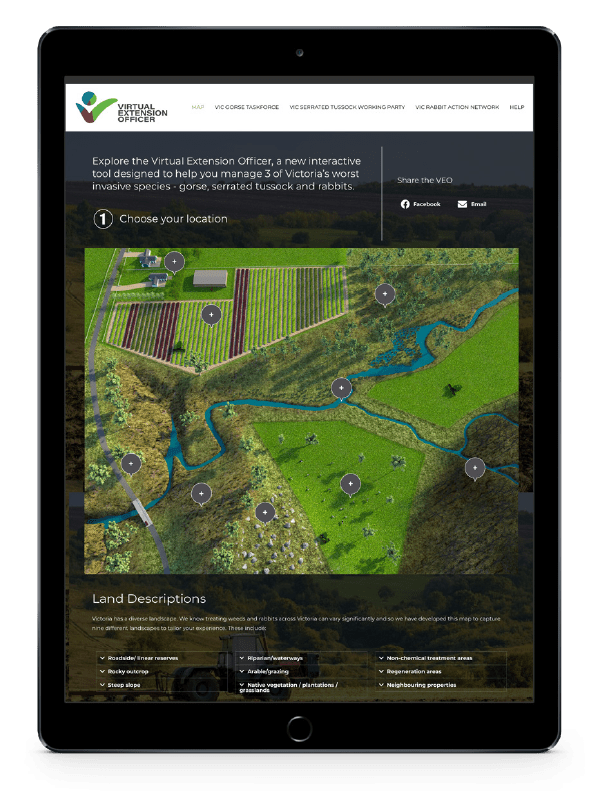
Growth Calendar

Gorse Control Methods
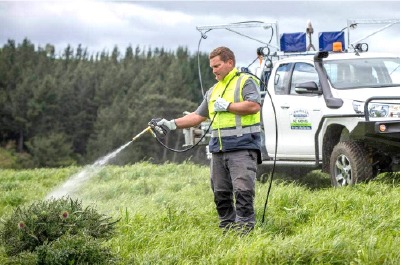
Herbicide control
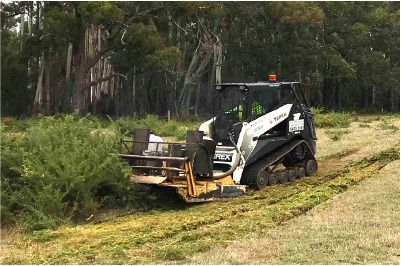
Mechanical control
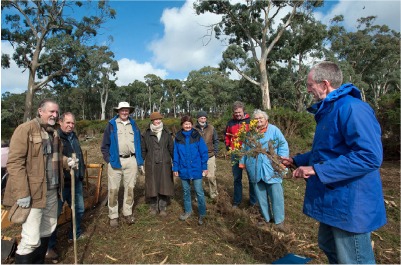
Alternative methods
There are a range of alternative gorse control methods that do not require the use of herbicides or heavy machinery. These methods may be useful when gorse is growing in high conservation areas, steep slopes or waterways.
Working together

Local level learning
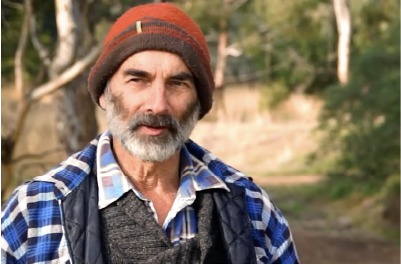
Working with neighbours
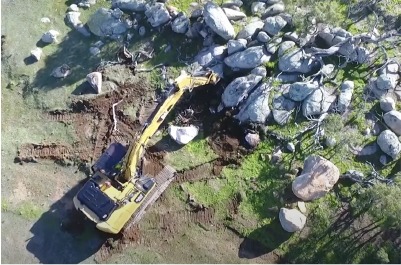
Working with contractors
Frequently Asked Questions
Roadside weed control for the majority of country roadsides rests with Local Municipalities. For main roads as declared under the Roadside Management Act 2004, the responsibility is with VicRoads (click here for the VicRoads declared roads map).
Yes. Mulching, physical removal and cultivation are some control methods of gorse that don’t require the use of chemicals. Chemical free control methods can be effective but are often more labour intensive, costly and require increased levels of commitment and vigilance by the landholder over a long period.
Please read the VGT Gorse Best Practice Guide for more detailed information on chemical free gorse control methods.
